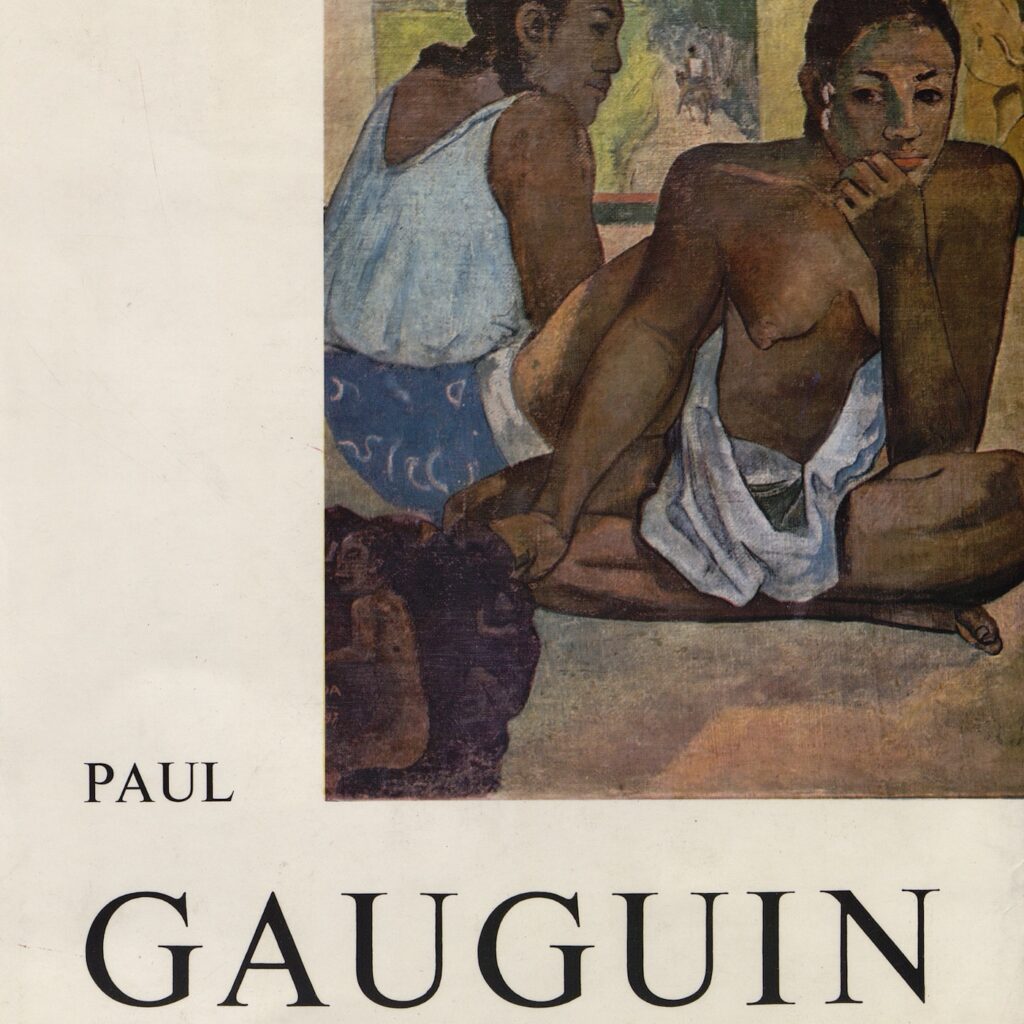Gauguin
Catalogue
Volume I
Georges Wildenstein





Paul Gauguin (1848–1903) was once a stockbroker before he decided to devote his life to painting, which he first approached as an amateur. From Pont-Aven and Tahiti, where he sojourned multiple times, to Arles in 1888, the year of his painful split with Van Gogh, Gauguin created an original œuvre characterized by simple forms, the subjective value of colors, but most importantly, by its mystical yet anxious renderings of human destiny.
| Author | Georges Wildenstein |
| 282 pages 24 x 32 cm 1 color plate 638 black & white figures | |
| Publication Date | 1964 |
| Publisher | Les Beaux-Arts, Édition d’études et de documents collection “L’Art français” |
Additional Resources

Past event
Gauguin and Laval in Martinique at the Van Gogh Museum, Amsterdam
The Van Gogh Museum hosted an exhibition on Paul Gauguin and Charles Laval’s crucial sojourn in Martinique. The WPI has contributed research to the exhibition in the form of an inventory of the drawings and reconstruction of the sketchbooks Gauguin used in Martinique.

